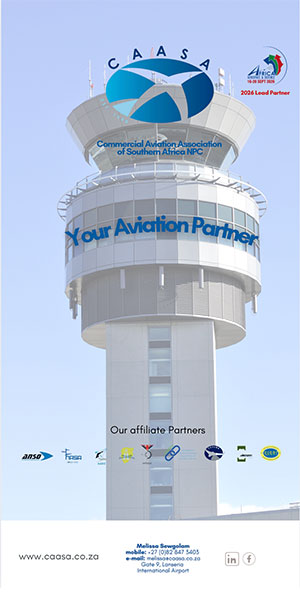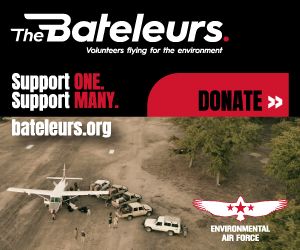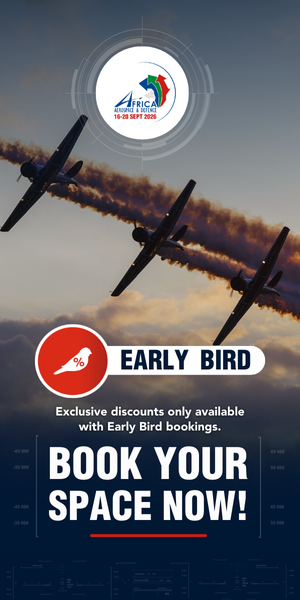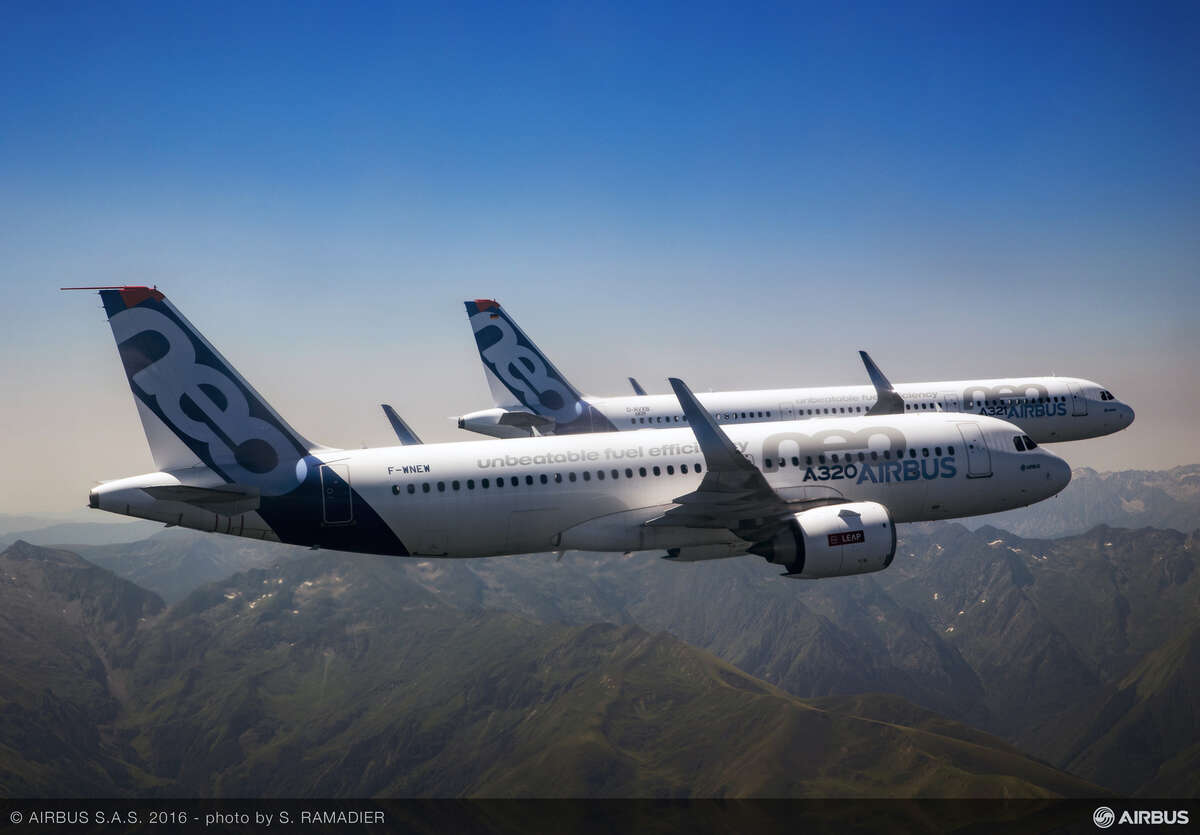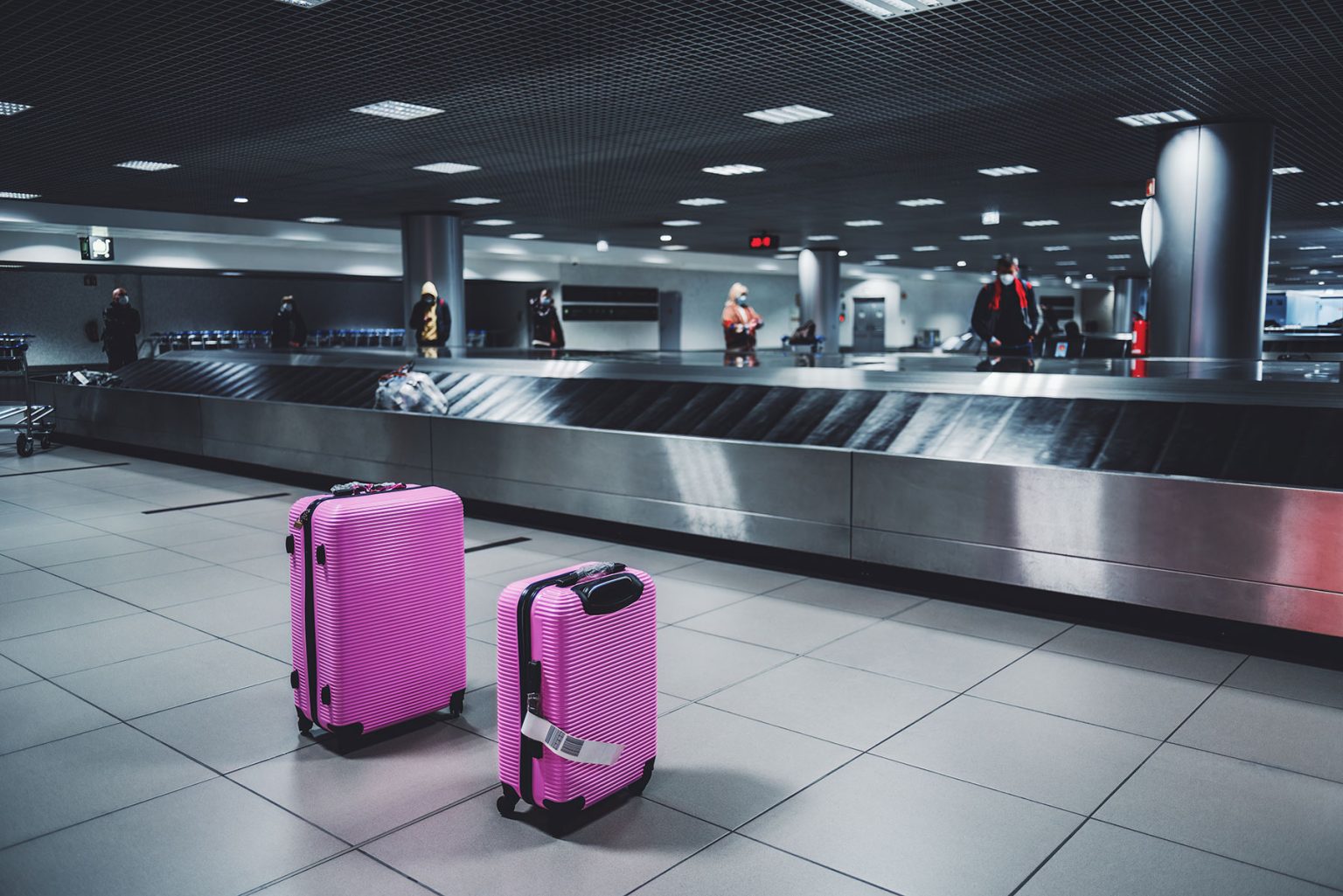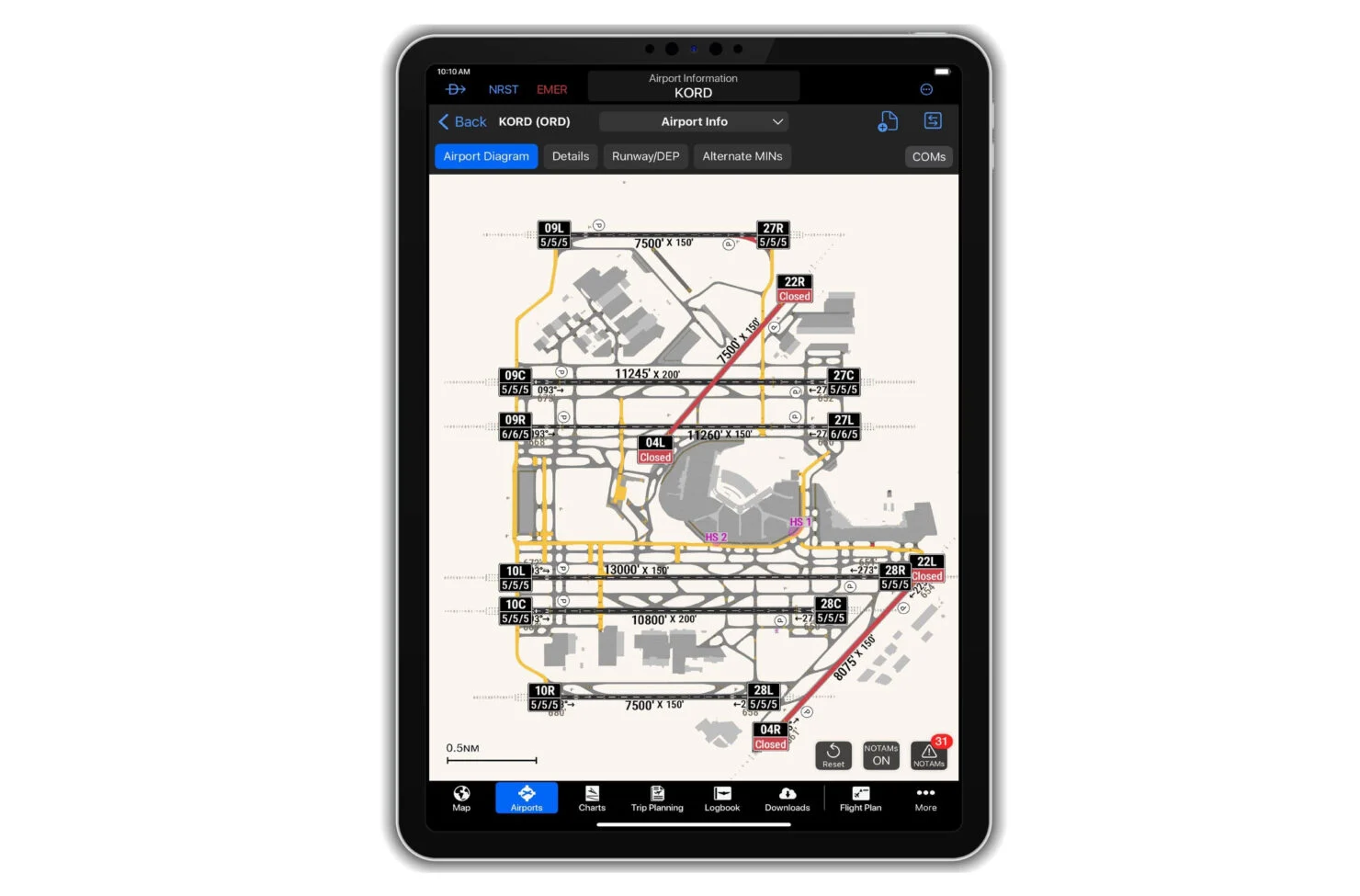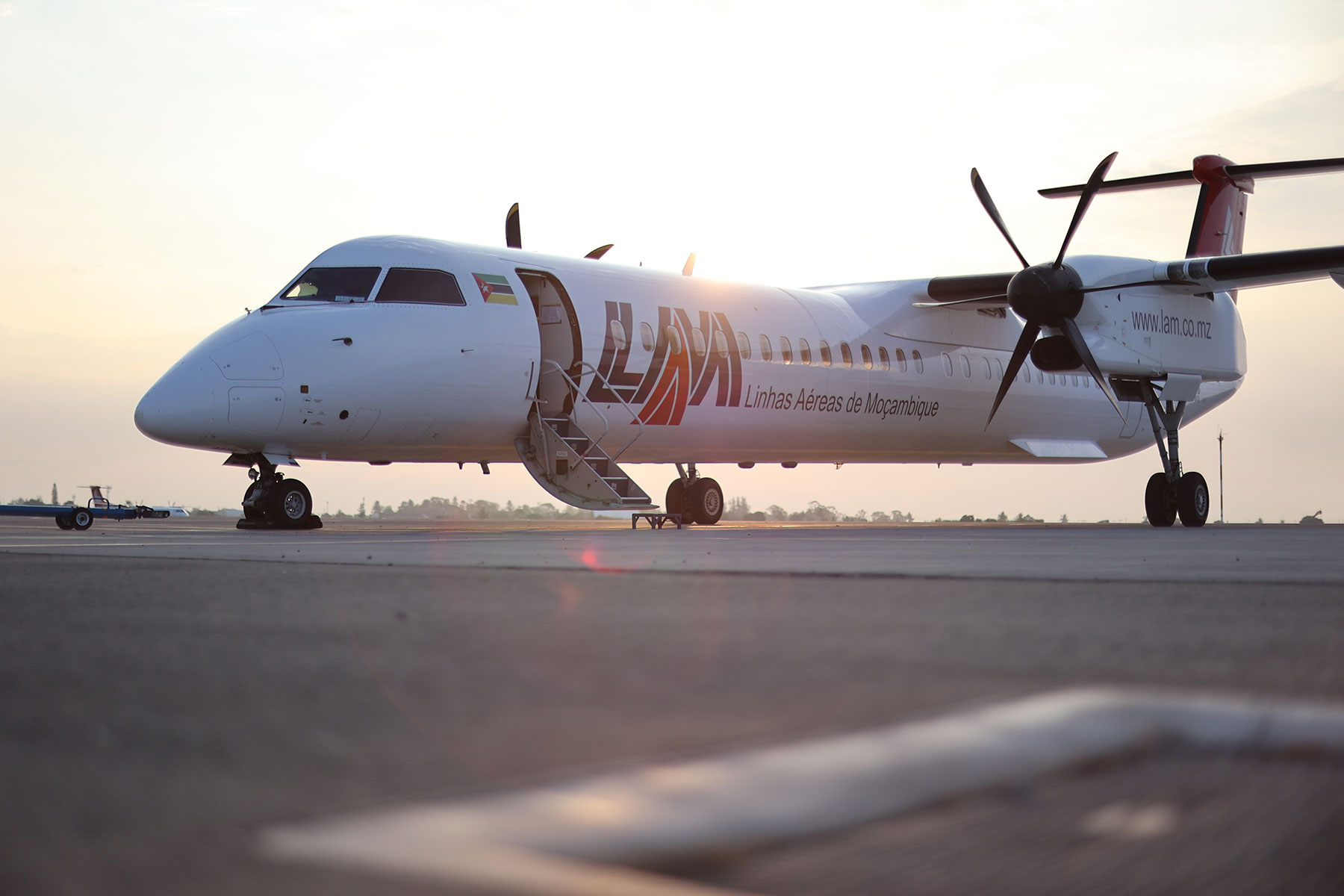At the 2025 Board of Airline Representatives of South Africa (BARSA) Aviation Summit, held from 13–14 March at the sNombolo Mdhluli Conference Centre in Skukuza Safari Lodge, Kruger National Park, the Commercial Aviation Association of Southern Africa (CAASA) and BARSA formalised their longstanding collaboration through the signing of a Memorandum of Understanding (MoU). This agreement marks a new era of cooperation, focused on shared priorities in safety, efficiency, innovation, and sustainability across the aviation industry.
The MoU formalises the alignment of both associations—BARSA representing international and local airlines, and CAASA overseeing general aviation (GA), including commercial and non-commercial operations. Speaking with African Pilot Magazine, Kevin Storie, CEO of CAASA, emphasised that despite their distinct operational spheres, the associations share many overlapping interests and challenges.
“Industry cannot function in isolation,” said Storie. “It requires a cohesive industry, public-private partnership. Through this MoU, we now have a legal framework to work together on aligned matters, that we have chosen to work on, that affect our members.”
Shared Focus Areas
One of the key areas of alignment is the forthcoming amalgamation of the Air Service Licensing Act. This legislative change will combine the domestic and international air service regulations into a unified Act—an effort that requires both CAASA and BARSA to ensure that the resulting legal framework supports operators across the board.
Another critical concern addressed by the MoU is the proposed 50% increase in regulatory fees by the South African Civil Aviation Authority (SACAA). With the aviation sector still recovering from the devastating impact of COVID-19, many operators lack the financial reserves to absorb such increases. The joint stance by CAASA and BARSA aims to protect South African interests, preserve local market share, and ensure the regulator’s actions align with the sector’s economic realities.
Storie explained, “We lost many aircraft from our registry during the pandemic, and rebuilding will take time and resources we currently don’t have. Any fee increases must reflect this context.”
Aviation Safety, Environmental Navigation and Policy Conflict
Further collaboration will focus on matters such as air navigation safety, particularly in relation to the Air Traffic and Navigation Services (ATNS) and the environmental restrictions being enforced across South Africa. Notably, the National Environmental Management Protected Areas (NEMPA) Act has created complex and sometimes contradictory requirements that conflict with aviation regulations.
“Protected areas have annexed airspace above 2,500 feet above the highest point within their boundaries,” Storie noted. “This restriction, if not resolved, can jeopardise flight safety, insurance validity, and tourism operations. It’s a clear example of two government-approved acts working against each other.”
To address this, CAASA and BARSA are working with park management authorities to create a uniform approach through a task team focused on finding viable flight corridors that meet both environmental and operational requirements.
Data, Unity and Accountability
Going forward, CAASA and BARSA will focus on joint data development and research, ensuring that decisions are informed by shared analytics and best global practices. This unified approach strengthens their ability to hold the regulator and government accountable while enhancing the industry’s ability to self-regulate and grow responsibly.
“We’re moving beyond lip service,” Storie concluded. “The regulator must partner genuinely with industry. Our collaboration means it’s no longer easy to divide and conquer. Instead, we are presenting a unified, data-driven front that supports informed policymaking and cohesive growth.”
This partnership marks a significant step towards greater industry cohesion and resilience—laying the groundwork for a sustainable, competitive aviation sector in Southern Africa.
Strategic Infrastructure: Cape Winelands Aviation Development
During the Interview on a separate topic, we also highlighted the Cape Winelands aviation development, described by Storie as a “fantastic and vital initiative” that brings alternative international gateway potential to the Cape region. It promises additional routes, increased charter activity, and new opportunities in tourism and cargo.
“Charters want to fly directly into regions like the Cape Winelands—it’s tourism-driven. Add rail access, GA infrastructure, and cargo handling, and it becomes a regional economic driver,” said Storie.
The initiative is particularly important for perishable cargo, like produce, that requires fast turnaround times and access to efficient logistics. Additionally, the region’s solar and wind energy potential offers a renewable edge to future development.




